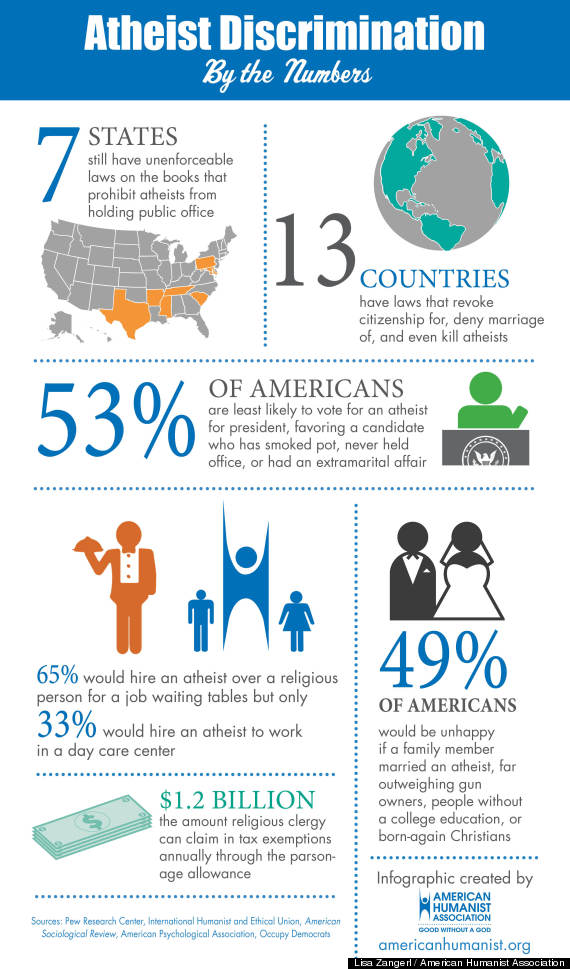In one of the opening scenes of the Oscar-nominated film Selma, released this past December, Dr. Martin Luther King, Jr. pays President Lyndon B. Johnson a visit at the White House to discuss discriminatory voting laws in the South. Dr. King wants President Johnson to vigorously pursue new legislation that would take away the ability of states to enforce standards such as poll taxes and literacy tests. But Johnson isn’t willing to risk his political clout for such a bold move. “Dr. King,” he says condescendingly, “this thing’s just going to have to wait.” As the movie progresses, Johnson repeatedly positions himself as an obstacle to King’s goals, even going so far as to have FBI director J. Edgar Hoover threaten King’s family life with information he has covertly gathered. Only after the horrific images of police brutality on the Edmund Pettus Bridge in Selma, Alabama garner the sympathies of whites for the cause of the protesting African-Americans does Johnson change his course and introduce the sweeping Voting Rights Act.[1]
It’s certainly not the most flattering portrayal of President Johnson, but is it accurate? The film has come under fire from historians and aides of the former president who say that it paints him as an enemy that he never was. Mark K. Updegrove, director of the Lyndon Baines Johnson Library and Museum, says that while Johnson may have been reluctant to add a voting rights component to the Civil Rights Act of 1964 and to introduce the Voting Rights Act, it was because he knew they wouldn’t pass, not because he wanted to protect his clout.[2] In fact, after the Civil Rights Act passed, Johnson reportedly told Attorney General Nicholas Katzenbach to write “the goddamnest, toughest voting rights act” that he could. And King agreed with him, which is why the Selma march came into play: to convince Congress and the general public that reform was needed.[3] Johnson’s top assistant for domestic affairs, Joseph Califano, agrees with Updegrove’s assessment, accusing the filmmakers of “fill[ing] the screen with falsehoods, immune from any responsibility to the dead, just because they thought it made for a better story.” He even goes so far as to make the much-disputed assertion that the march through Selma was actually all LBJ’s idea.[4]
That last claim notwithstanding, it seems that Selma is indeed not a completely historically accurate movie. This is to be expected; after all, very few, if any, Hollywood films are accurate re-tellings of history. However, few have generated the controversy that Selma has. Many critics have theorized that one of the reasons the film received only two Oscar nominations is because of this controversy, a theory which gains more weight when you learn that Califano essentially told voters to ignore the film during awards season. But why should Selma be singled out when far less accurate movies like A Beautiful Mind and The Imitation Game have received multiple accolades? It all comes to this: white people feel threatened by this portrayal of Johnson. And in a sense, the filmmakers wanted them to be.
Perhaps the most common defense of historical inaccuracy in Selma is that it is a historical movie, not a documentary, and is therefore allowed to take creative liberty for storytelling purposes. This explanation makes sense; a drama is a lot more dramatic when there are strong adversaries, and there are few adversaries stronger than the President of the United States. But if that were the only reason for the portrayal of LBJ, the film wouldn’t be as controversial as it has become. To understand why the filmmakers chose this direction for the character of President Johnson, we must first take a look at the history of films that tackle the subject of racism.
From the Best Picture-winning films Driving Miss Daisy and Crash to biopics like The Blind Side and 42, most major movies about race tend to oversimplify the subject, present it through the lens of a white protagonist, or have a white character hold the hand of a minority in their struggle against discrimination. Take The Blind Side, the 2009 film about Carolina Panthers offensive tackle Michael Oher: it is only because of a nice white family that the African-American Oher is able to do well in school and go to college. The only other black characters in the movie are thugs who threaten the nice white mother.[5] And 42, the 2013 Jackie Robinson biopic, which Robinson’s wife described as being very accurate, shows Robinson only able to break the color barrier because of white executive Branch Rickey’s guidance.[6][7]
Why is this so problematic? If these films are historically accurate, what’s the big deal? These movies, while clearly well-meaning, are robbing black characters of their agency in a panicked effort to assuage white guilt. As David Oyelowo, who plays Dr. King in Selma says, “Films like this [are] told through the eyes of white protagonists because there is a fear of white guilt. So you have a very nice white person who holds black people’s hands through their own narrative. We don’t want to see that pain again, so you don’t even go into what that pain was in an authentic way.”[8] White people feel bad about racism, so many films about race emphasize the role of white people who fought against it in an attempt to ease their collective conscience. This paradigm leads to people like Califano arguing that the struggle against racism was actually conceived by a white President, and not a black civil rights leader. Along the way, revisionists lose what is truly important about the stories they speak of: the struggle of the oppressed against their oppressors. Only those who know what it means to be oppressed can meaningfully fight against oppression, and not showcasing their ability to do so is gravely dangerous. Others can, of course, recognize the injustice of oppression and join the fight against it, but if it is not the oppressed leading the charge, significant change cannot occur.
Selma, then, is important because it reverses this trend. It features African-American characters fighting legalized racism without any whites in positions of power on their side. Although some white people join their cause, it is Dr. King and his colleagues working on their own to develop a plan to change the system. Selma defies history because the message it has to send is more important than a purely historical retelling. Even beyond this empowering message, the character of Lyndon B. Johnson can be seen as a metaphor for the challenge many whites struggle with on the issue of race today.
Officer Darren Wilson’s killing of Michael Brown in Ferguson, Missouri sparked a national conversation ranging from citizen rants on social media, to pundit rants on talk shows, to politician rants at press conferences. In the midst of this conversation emerged a brand of racism known as “laissez-faire racism.” That is, racism from people who genuinely believe that they are treating all races equally, but because of ignorance or a number of other reasons, are actually perpetuating racist attitudes and practices.[9] A widespread example of laissez-faire racism was the way a number of media outlets dug into Brown’s past run-ins with the law in an effort to discredit him.[10] This “assassination of character” is echoed in Selma by Johnson’s attempt to uncover information on Dr. King’s alleged sexual affairs. Both instances involved specific groups exploiting the past actions of their political opponents in an attempt to distract from the more pressing issues at hand.
Selma makes another poignant point on race relations when it portrays Johnson trying to convince King that the enactment of the Civil Rights Act proves that segregation is effectively over. This scene mirrors the rhetoric of some Americans who argue that the US is a post-racial society because the president is an African-American. What Johnson and these Americans ignore, or don’t realize, is that progress does not mean that we have actually reached the promised land that King saw from the mountaintop.[11] Although America has come closer to fulfilling King’s dream, there are people who continue to ignore or rationalize the ongoing injustices in our society. In Selma, Johnson is an allegorical character whose purpose is to inspire whites to examine their contemporary attitudes about race and re-evaluate them.
“Selma is now, for every man, woman, and child,” raps Common on Selma’s Oscar-winning credits song “Glory.”[12] Here we find the thesis of the film: the racism ingrained in society that Martin Luther King, Jr. fought against has not disappeared. Nor is it something we can ignore. The need for true racial equality is as urgent today as it was in the 1960s. The character of Lyndon B. Johnson thus becomes an important symbol, meant to empower African-Americans and spark introspection for whites. Critics and historians can shout about Selma’s inaccuracy all they want, but in the end, it’s about something much more important than that.
President Lyndon B. Johnson meets with Martin Luther King, Jr. and other civil rights leaders at the signing of the Voting Rights Act of 1965
Works Cited
[1]Selma. Warner Bros. Pictures, 2014. Film.
[2]Updegrove, Mark K. “What ‘Selma’ Gets Wrong.” POLITICO Magazine. December 22, 2014.
[3]May, Gary. Bending Toward Justice: The Voting Rights Act and the Transformation of American Democracy. Duke University Press Books, 2014.
[4]Califano, Joseph A. “The Movie ‘Selma’ Has a Glaring Flaw.” Washington Post. December 22, 2014.
[5]The Blind Side. Warner Bros. Pictures, 2009. Film.
[6]Red, Christian. “Relief and Excitement for Rachel as ’42’ Debuts.” NY Daily News. April 7, 2013.
[7]42. Warner Bros. Pictures, 2013. Film.
[8]Henne, B.G. “David Oyelowo Says Hollywood Has a “white Guilt” Problem.” The A.V. Club. February 2, 2015.
[9]Bobo, Lawrence, and Ryan Smith. From Jim Crow Racism to Laissez-Faire Racism: The Transformation of Racial Attitudes. University of Illinois Press, 1998.
[10]Goodale, Gloria. “New Divide Opens in Ferguson over Media Checks into Mike Brown’s past.” The Christian Science Monitor. September 3, 2014.
[11]King, Martin Luther. “I’ve Been to the Mountaintop (Transcript).” American Rhetoric. April 3, 1968.
[12]Stephens, John, Lonnie Lynn, and Che Smith. Glory. Common and John Legend. © 2014 by Columbia Records.



